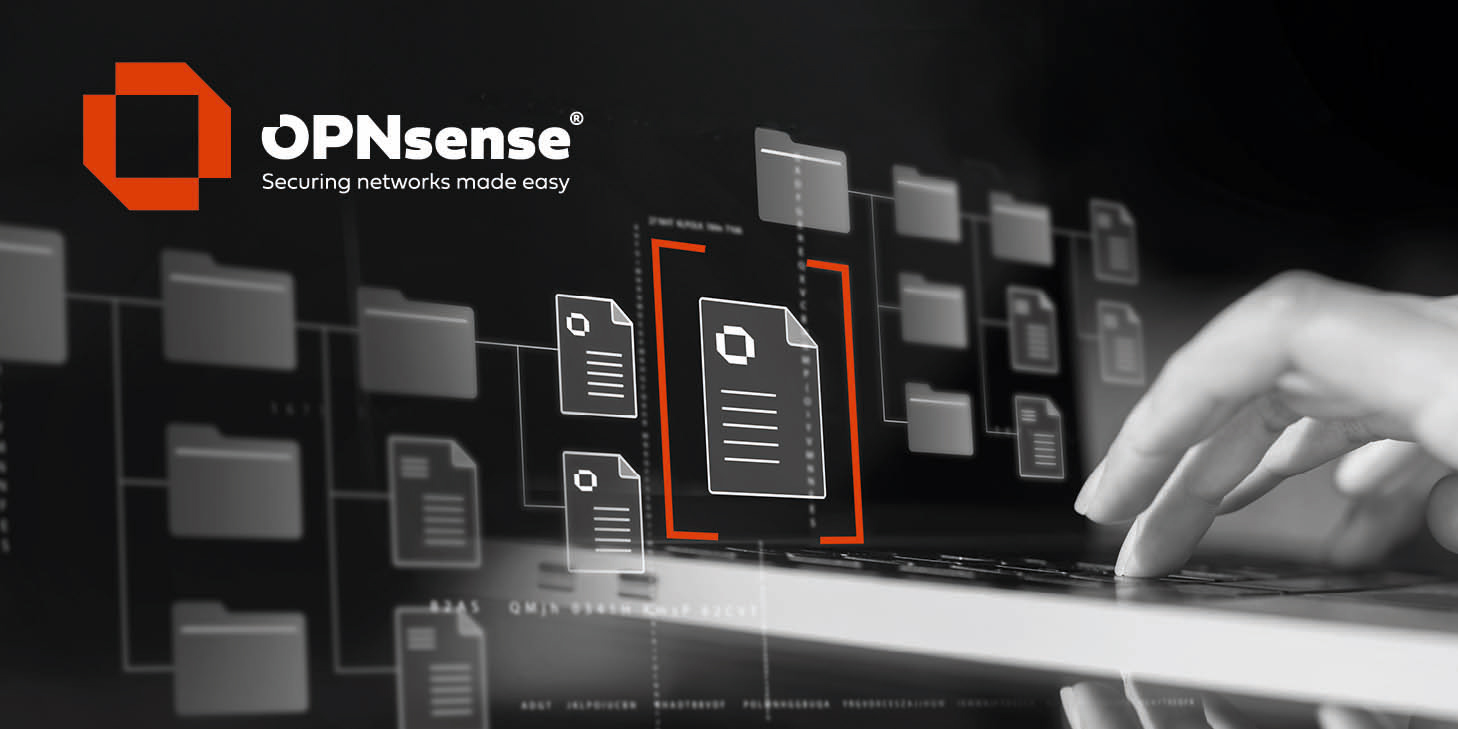Hell Yeah, it works.
But I didn't use Interface Rules instead of them I have a floating rule for have a clean ruleset on my interfaces.
I see many Events on WAN / LAN but what I miss is a description of the Event.
@Q-Feeds what do you mean, is there a way to get more Information out of that?
Which Options do I have to play with (if possible) the API of this plug?
For deeper insights, which logs can I check?
How can I see these events in a SIEM/XDR like Sentinel or WAZUH?
And one thing: I don't know why but login with UserName on Q-Feeds Site isn't possible anymore.
Also I didn't get any email when ordering a new password.... ;(
But I didn't use Interface Rules instead of them I have a floating rule for have a clean ruleset on my interfaces.
I see many Events on WAN / LAN but what I miss is a description of the Event.
@Q-Feeds what do you mean, is there a way to get more Information out of that?
Which Options do I have to play with (if possible) the API of this plug?
For deeper insights, which logs can I check?
How can I see these events in a SIEM/XDR like Sentinel or WAZUH?
And one thing: I don't know why but login with UserName on Q-Feeds Site isn't possible anymore.
Also I didn't get any email when ordering a new password.... ;(

 "
"
